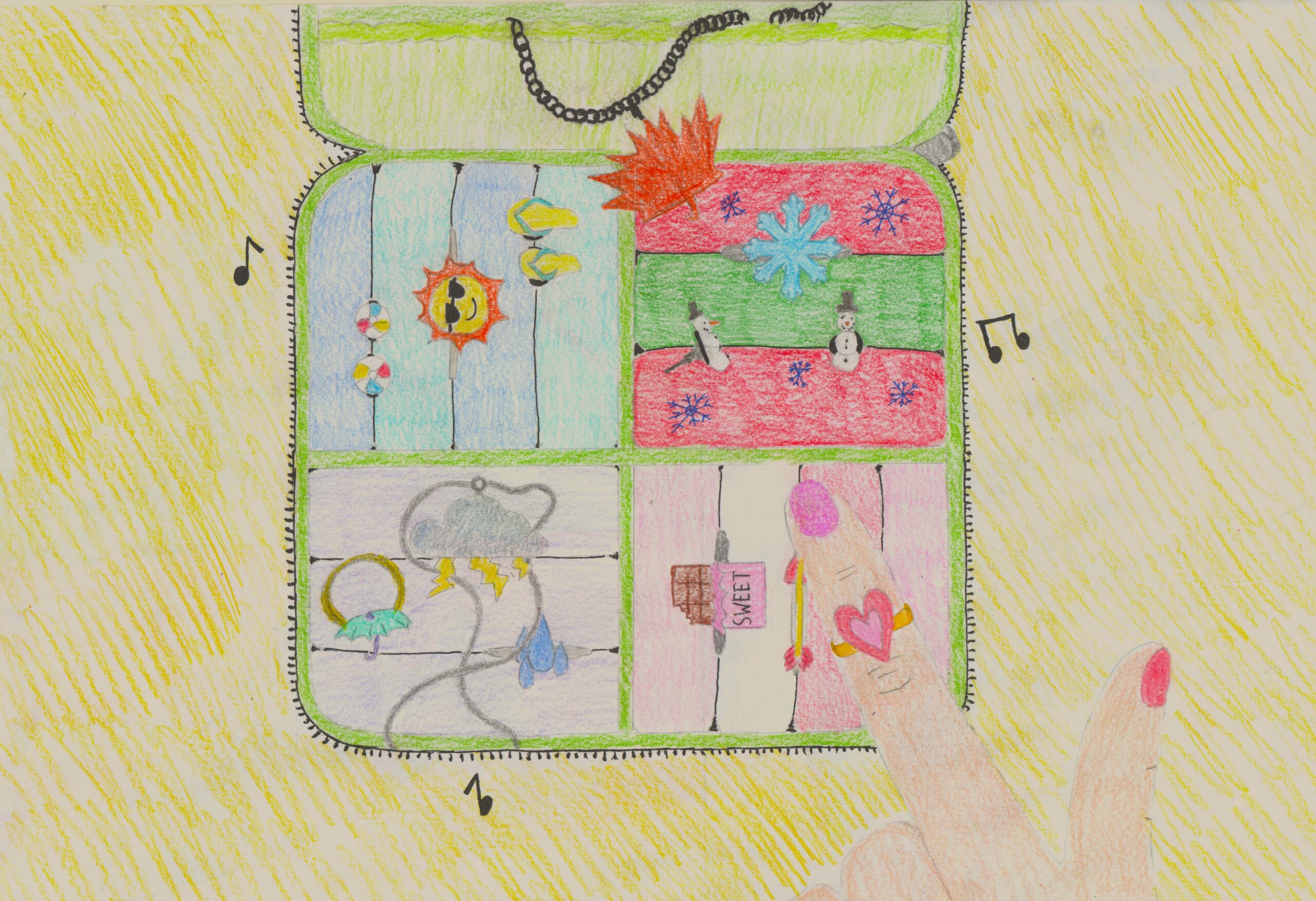How our artistic preferences shift with the seasons
Explaining the correlation between art and the seasons of the planet.
Picture this: it’s Valentine’s Day and you sit down to watch a movie. Naturally, you decide to watch a romantic film due to the occasion. But why? Why is there a large uptick of romantic content during this time? In fact, why do we tie any form of art to a specific season or occasion? This phenomenon occurs as we progress through the year, like during summer when people gravitate towards upbeat pop music and in the autumn when we lean towards horror media for Halloween. But why do our artistic tastes change to fit those seasons?
Each season carries a unique emotional feeling that we tend to connect to specific forms of media. The vibrancy and enthusiasm of summer is why we associate exciting forms of art like the aforementioned upbeat pop music. Or how summer 2024 was dubbed “brat summer” due to the highly regarded pop album going viral. The amount of light that people experience through the seasons also impacts how people perceive art, with the smaller daytime hours during winter likely contributing to more mellow art forms such as sad music.
One possible explanation for this could be related to the bouba/kiki effect, where people were presented with the words “bouba” and “kiki” and asked to connect them to a pointy shape and a round shape. Most people linked bouba to the round shape and kiki to the pointy shape. This effect is a form of sound symbolism and is not culture exclusive, but a worldwide occurrence. Like the bouba/kiki effect, we tend to connect forms of art to how we feel and by extension, we correlate them to specific seasons.
This can be further explained by colour theory, a framework that helps us understand how colours interact and induce specific feelings. We can observe how this connection manifests by noting the changes throughout the seasons. During spring, nature awakens and evokes feelings of hope and renewal, fostering a preference for lighter colours. The vibrancy of summer inspires a sense of happiness and freedom, leading to a liking for bold and energetic hues. Autumn is typically associated with harvest, stirring emotions of reflection and nostalgia, which correspond with warmer and simpler colours. Lastly, the cold winter months may encourage introspection, leading to a preference for cooler, tranquil tones.
Overall, the unique relationship between our artistic taste and the seasons can be interpreted in various ways. It might stem from the way our brains function and how we associate specific sounds with shapes, or it could be a result of our innate human desire to find meaning in our lives; in that process, we assign significance to the things around us. Regardless of the cause, this phenomenon has existed for as long as humans have been creating art.

